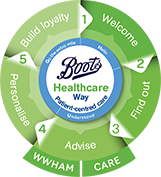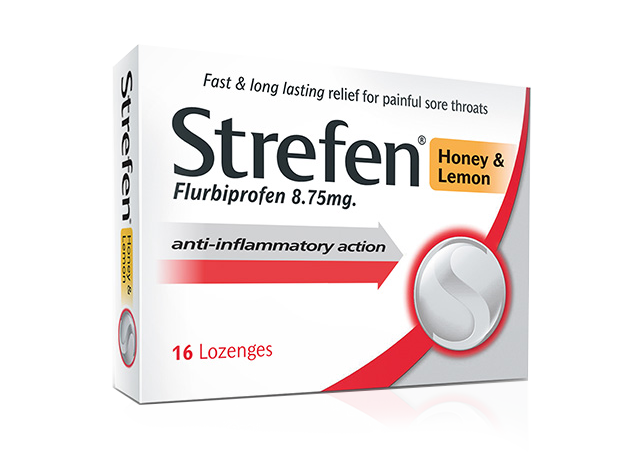
Sore throat
Sales plan period P11B

After completing this module you will:
-
Be able to give lifestyle and product advice to help soothe symptoms of a sore, inflamed throat
-
Know when to refer customers.
Sore throats are a common complaint in the pharmacy and are usually caused by viral infection of the upper respiratory tract. They may also be caused by a bacterial infection, allergies or smoking. Examples include laryngitis (inflammation of the larynx) or tonsillitis (inflammation of the tonsils).1
Symptoms include:2
- A painful throat - which can make swallowing difficult, and may subsequently affect how much a customer is eating
- Being hoarse/losing the voice
- Swollen glands in the neck or inflamed tonsils
- A dry throat
- Redness at the back of the mouth
- Bad breath
- A mild dry cough.
You are in a position where you can support customers and reinforce the message that antibiotics are not always necessary for the management of sore throats. Even if the sore throat is caused by bacteria, it will usually be self-limiting and resolve within a week without treatment.1
Referral
In some cases, a referral for antibiotic treatment may be necessary, as the cause may be streptococcal bacteria (also called strep throat). Refer customers with the following symptoms to the pharmacist:3
- Persistent fever
- White, pus-filled spots on the tonsils
- Inflammation of tonsils
- No cough.
Customers who are taking any other medication should be referred to the pharmacist. Customers who have had a sore throat for longer than a week should be referred to their GP, as well as customers who have a weakened immune system, such as those with HIV or undergoing chemotherapy. Anyone affected by difficulty breathing, drooling, or who are making a high-pitched wheeze when breathing, or those with severe symptoms that are getting worse quickly and making breathing difficult should be referred as a medical emergency.

Self-care advice
Customers may use suitable pain relief. This can include oral analgesics, e.g. paracetamol or ibuprofen, or lozenges that contain a non-steroidal anti-inflammatory drug (NSAID) such as flurbiprofen. Lozenges may also have a demulcent effect to soothe the throat.
Products containing anaesthetics (e.g. benzocaine) or antibacterial agents (e.g. hexylresorcinol) are available in different formats such as lozenges, sprays or oral rinses that can be gargled.
Remember to check whether each product is suitable for your customer. Note that many lozenges cannot be used by children, so check product packaging carefully before making any recommendations.
As well as using medication and having plenty of rest, customers can also be advised to:2
Strefen Lozenges (P)
Flurbiprofen 8.75mg
Item code: 32-17-892
Effective relief for painful sore throats. The lozenges start to soothe in two minutes1 and pain relief lasts for up to four hours.2
Up to 95 per cent of sore throats are caused by viral, self-limiting infections.3 Antibiotics are only effective against bacterial infections and are not appropriate for viral infections.
Strefen Lozenges contain 8.75mg of the NSAID flurbiprofen, proven to penetrate through deeper tissue layers4* where it can target inflammation in the mucosa. The lozenges are suitable for both viral and bacterial sore throats.
Lozenges coat the throat to soothe pain, staying in the mouth for around 12 minutes, steadily delivering activity to the throat.5 The oral delivery enhances the oromucosal concentration of flurbiprofen, allowing for a local anti-inflammatory effect at lower doses.6 Advise customers that this product should not be taken alongside other NSAIDs.
Directions for use: Adults and children over 12 years should suck one lozenge slowly every three to six hours as required, moving the lozenge around the mouth while sucking. Do not take more than five lozenges in any 24 hour period. Not suitable for children under 12 years of age.






